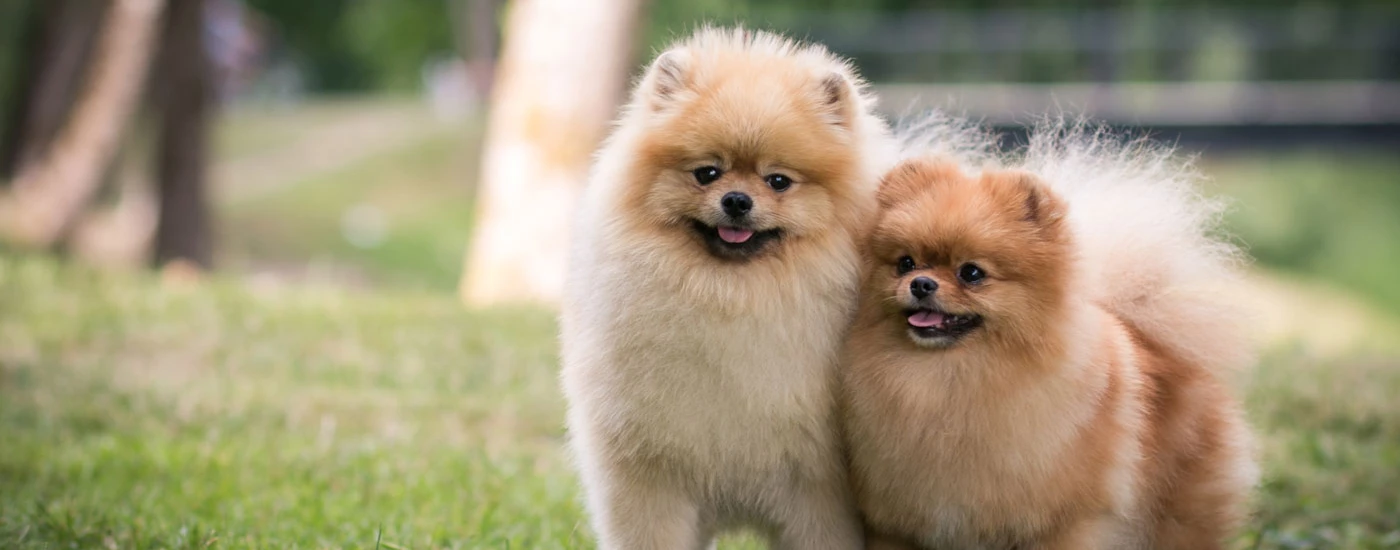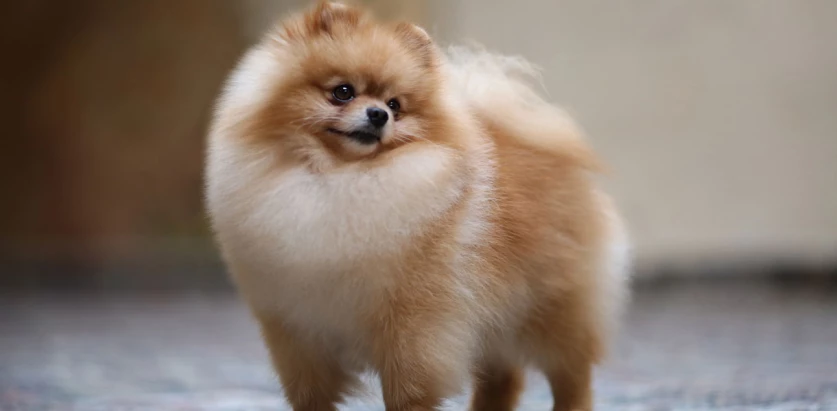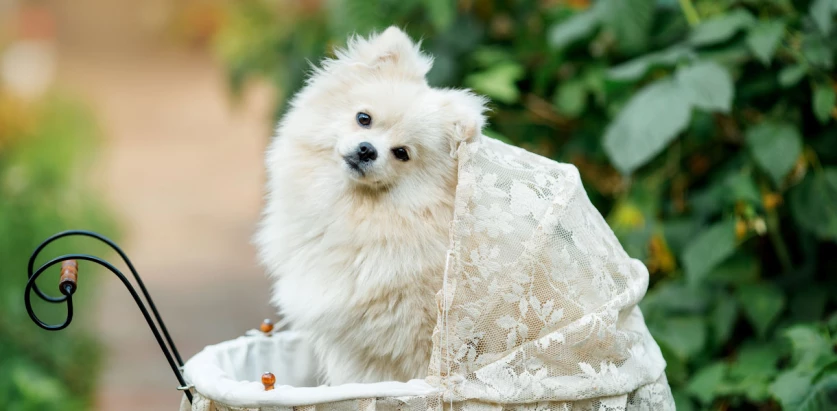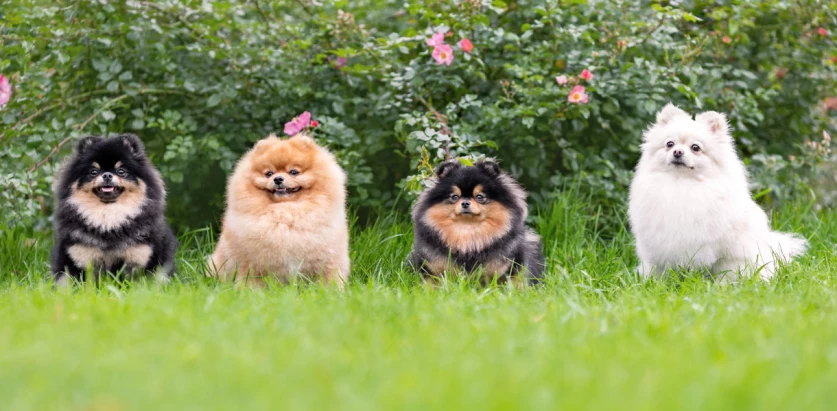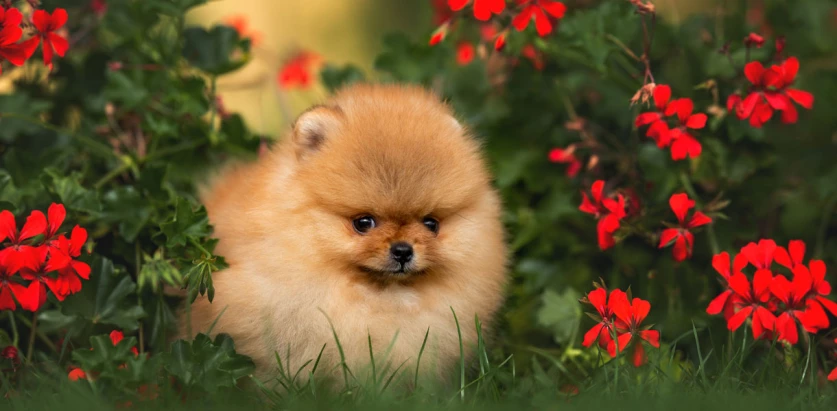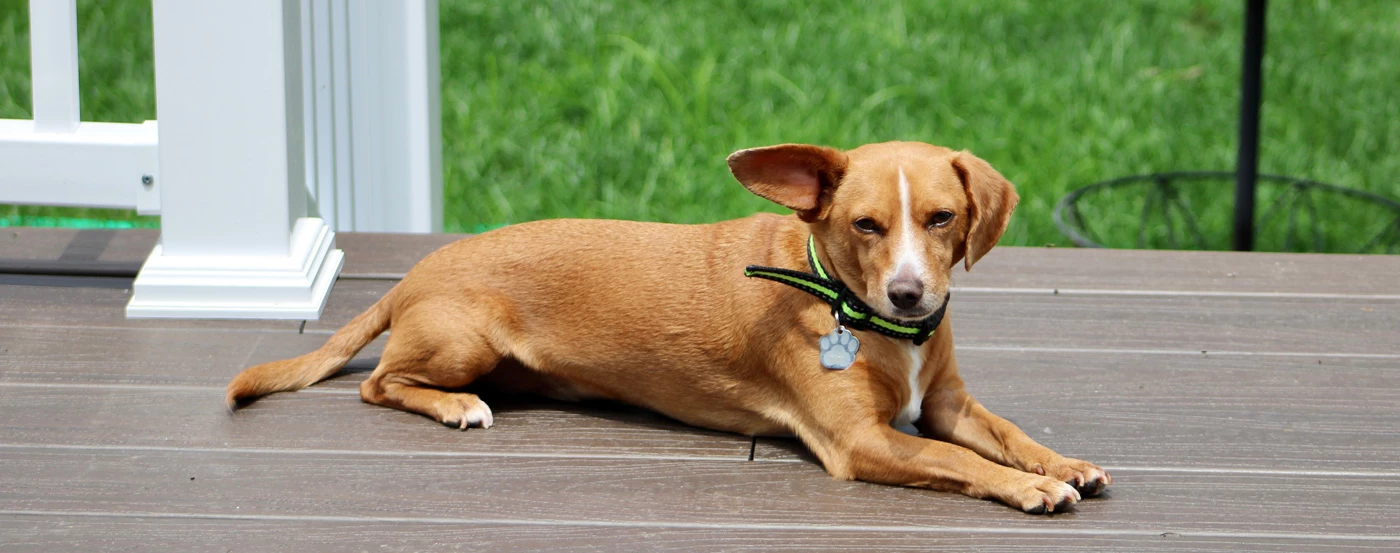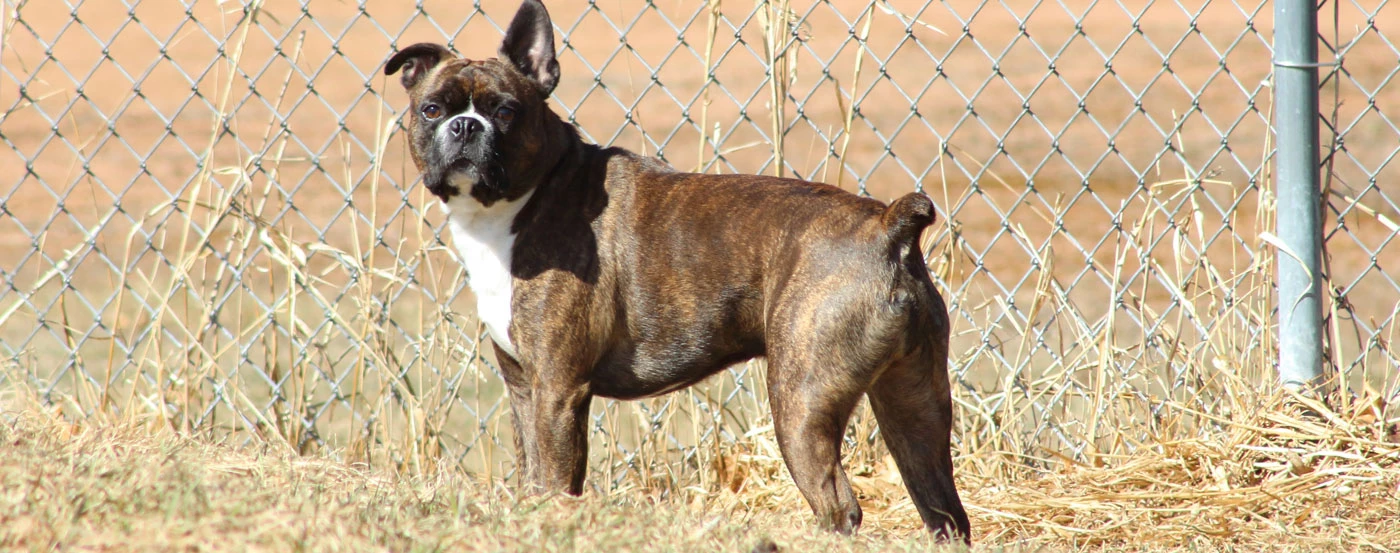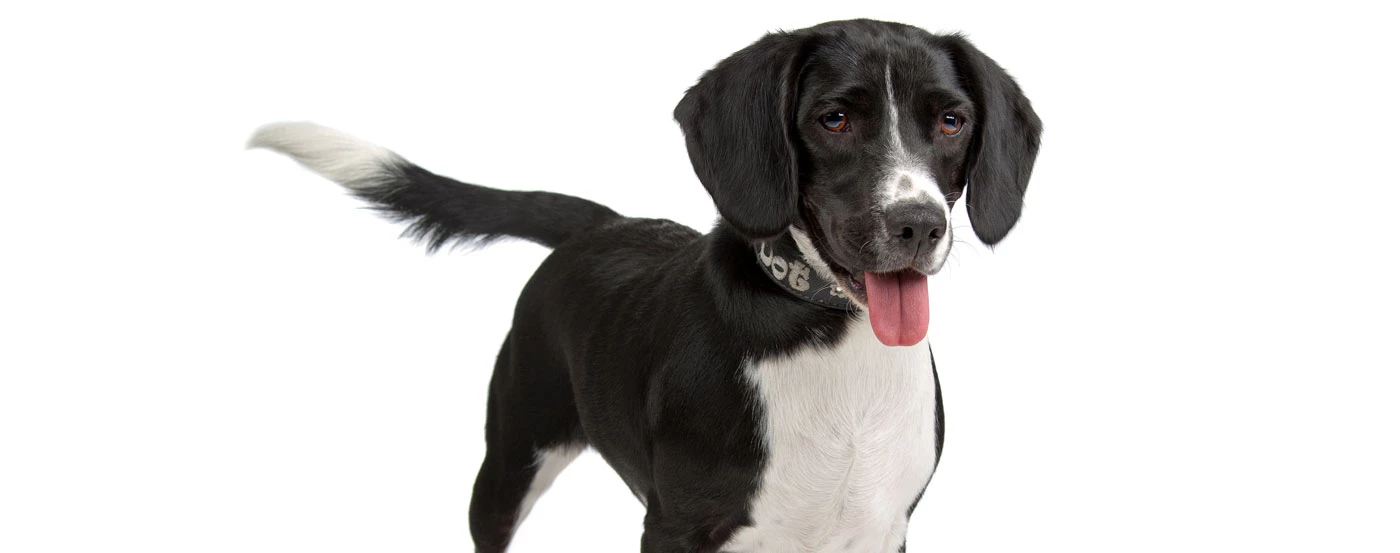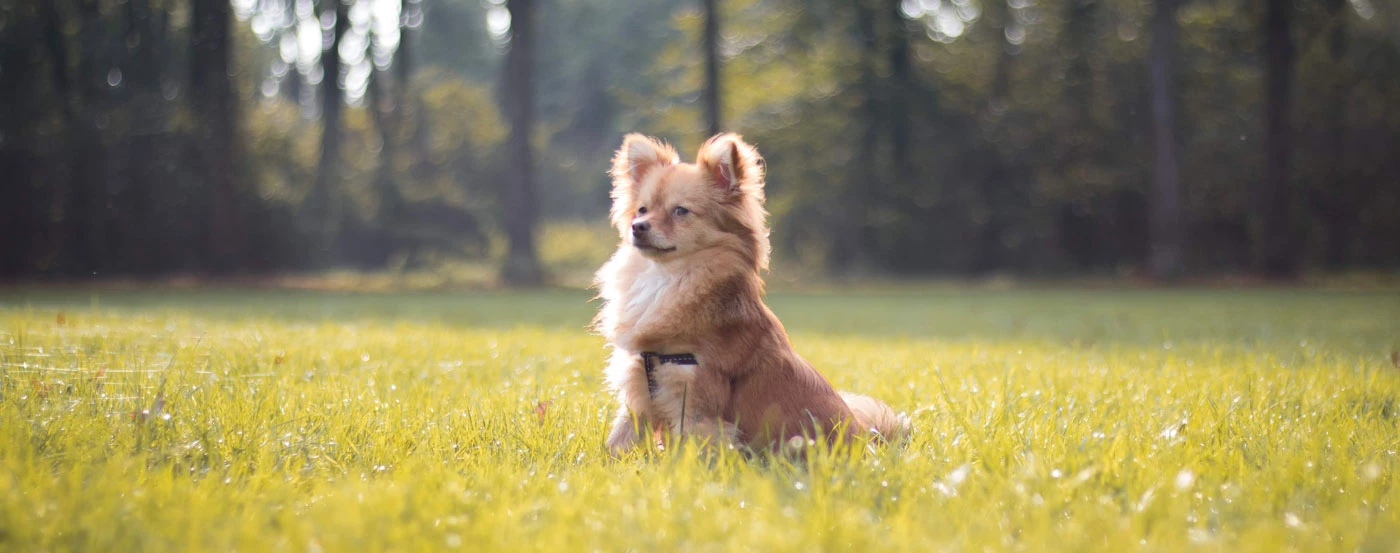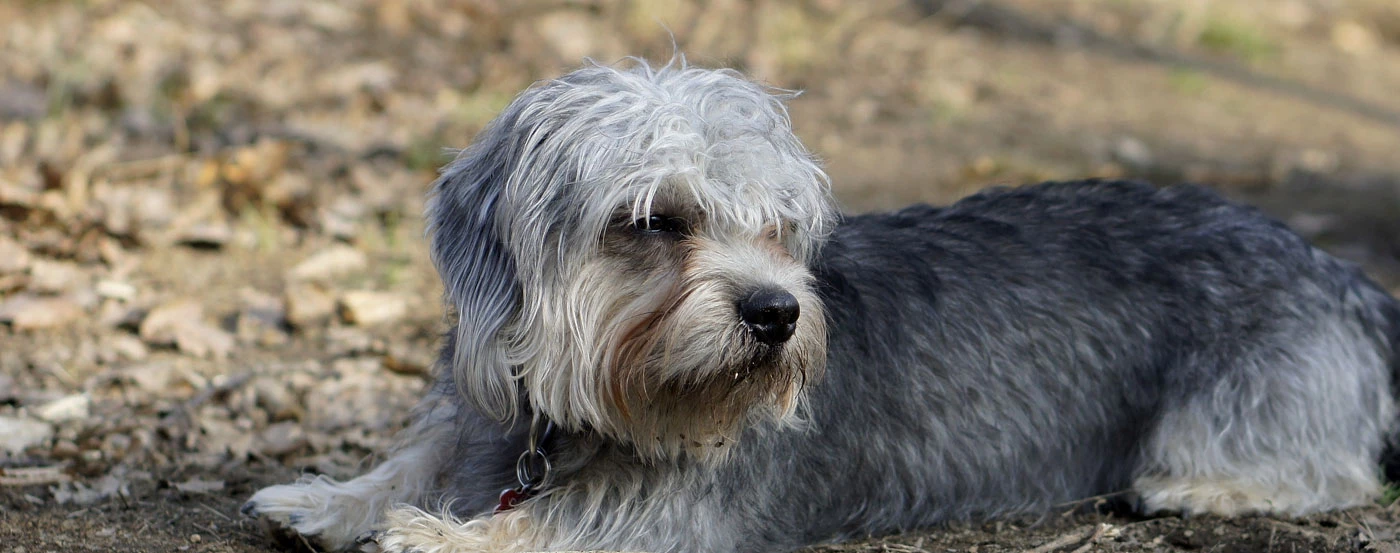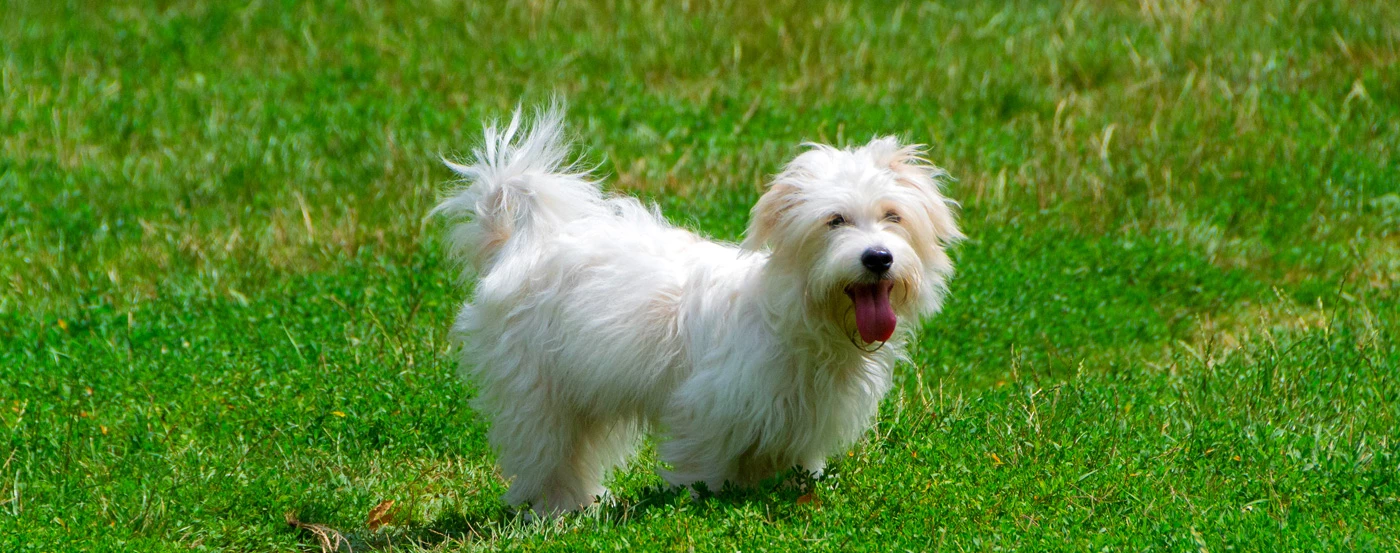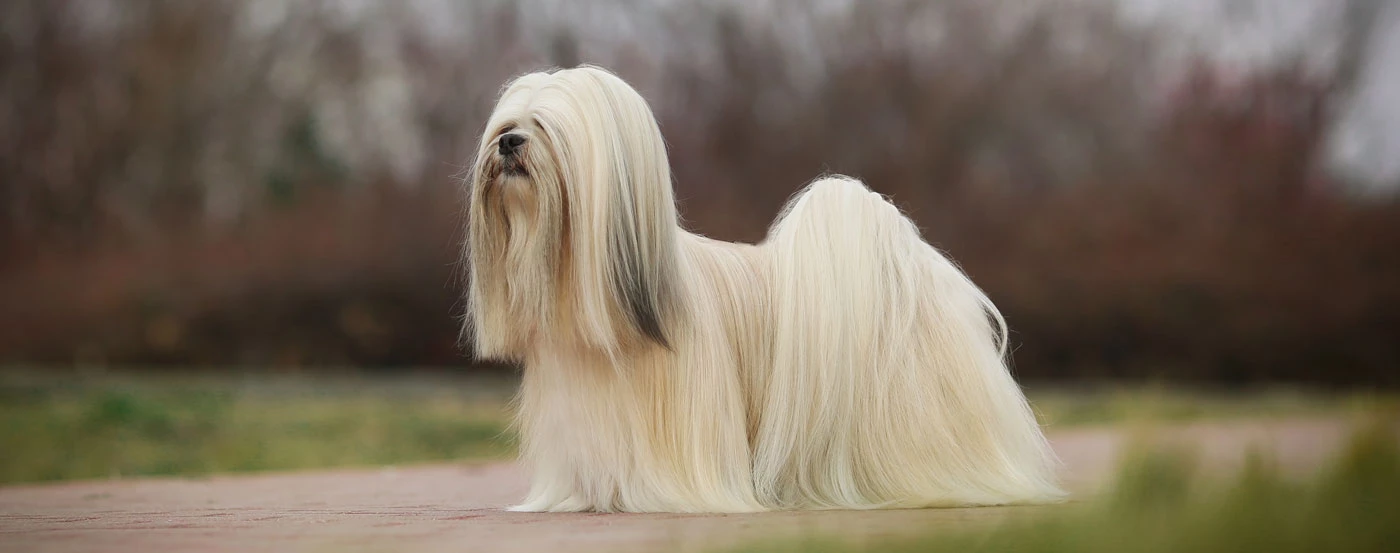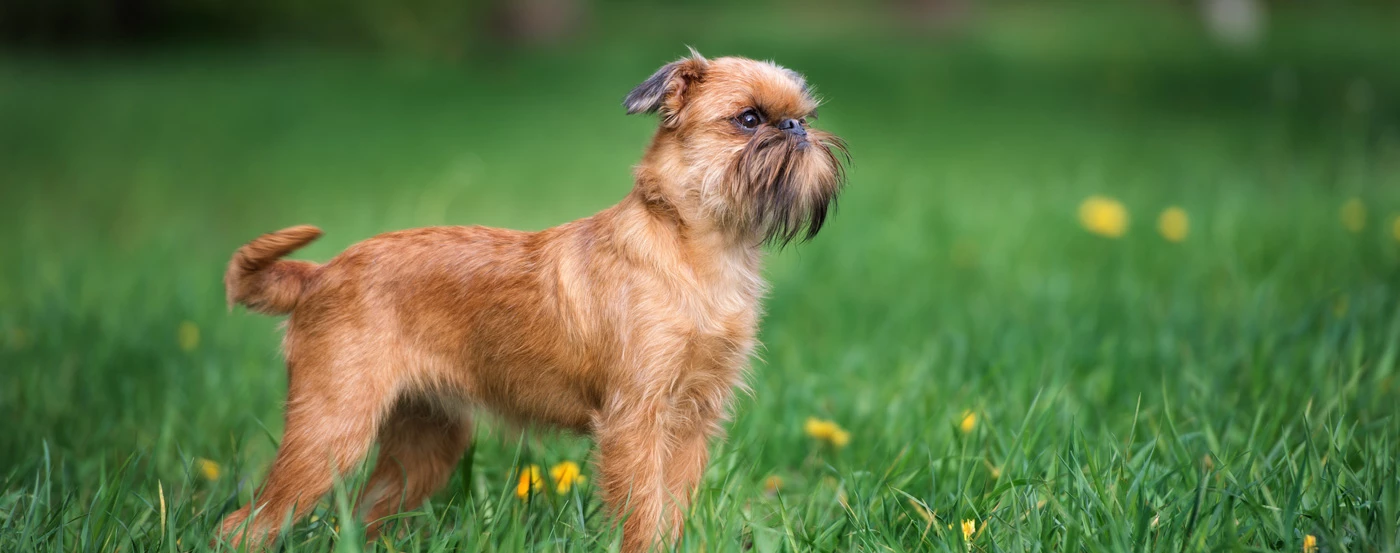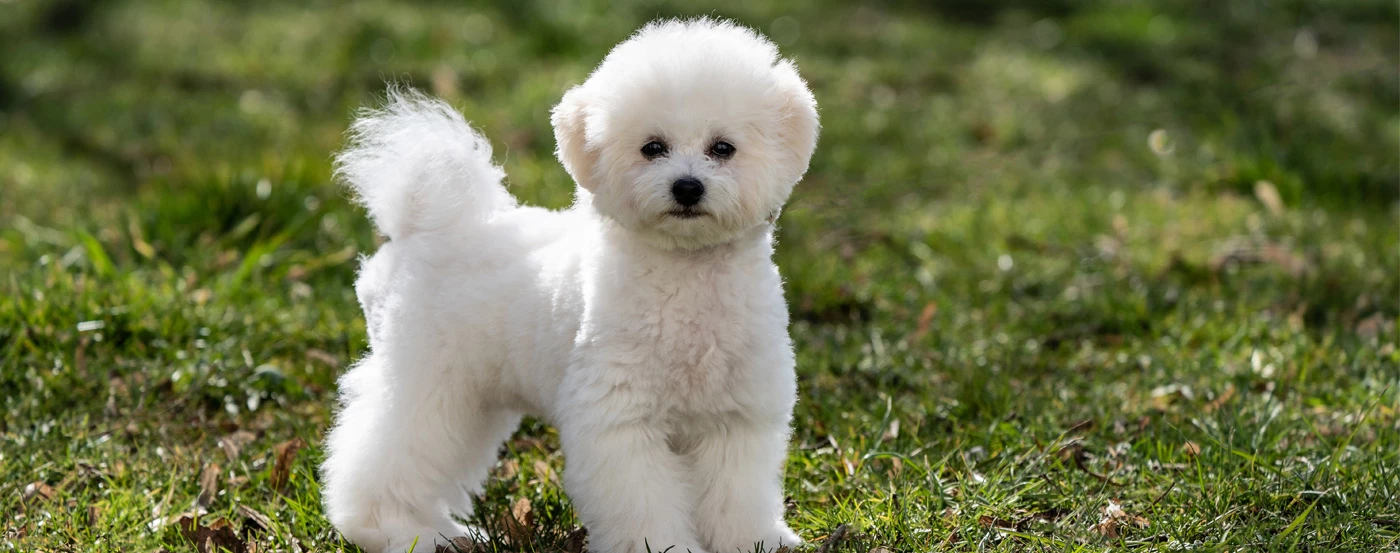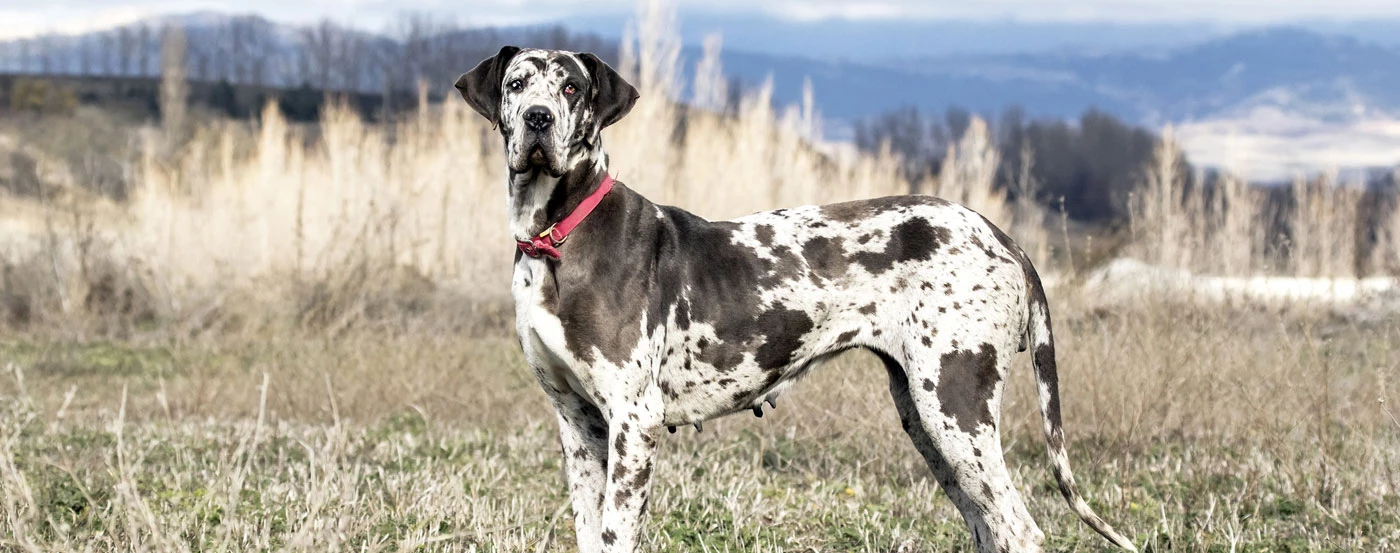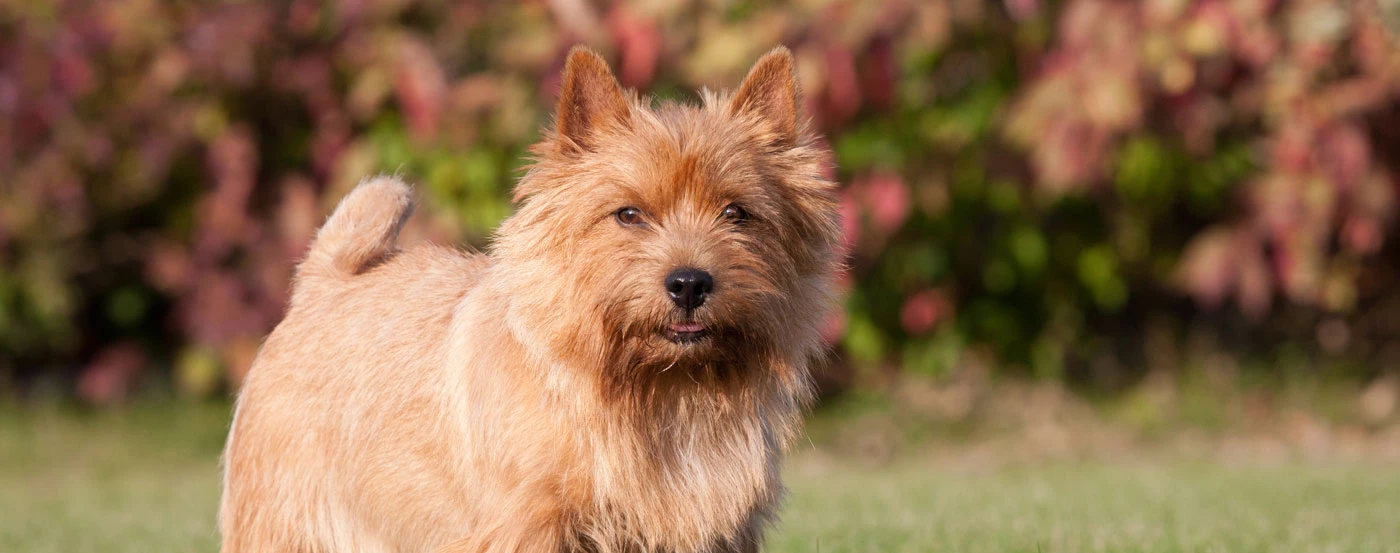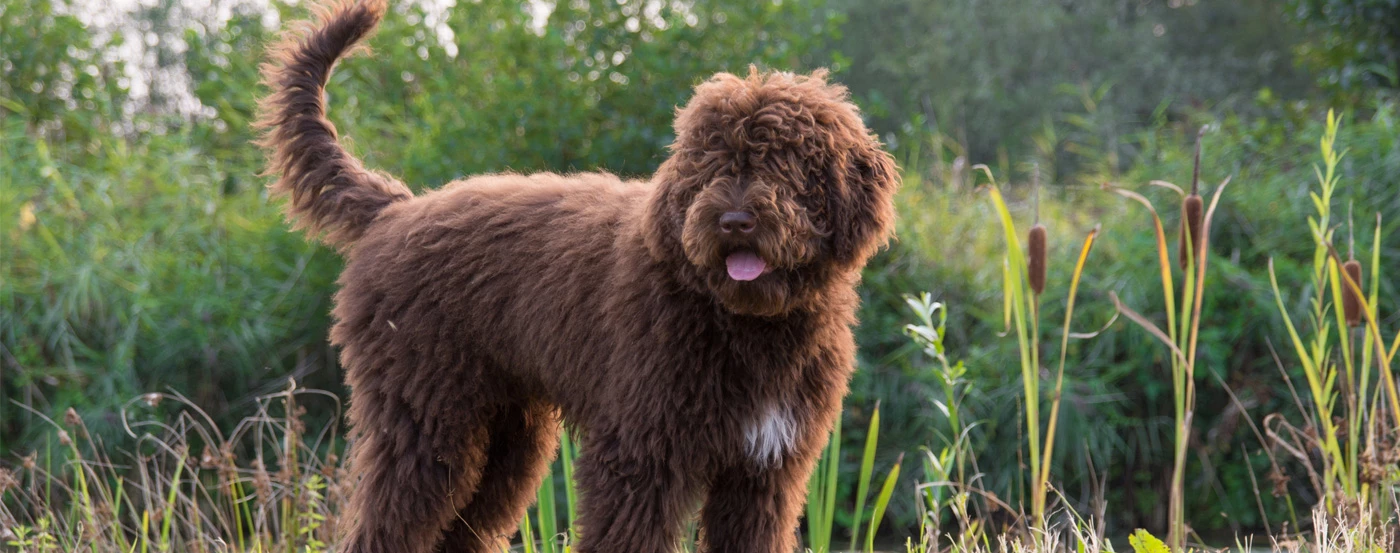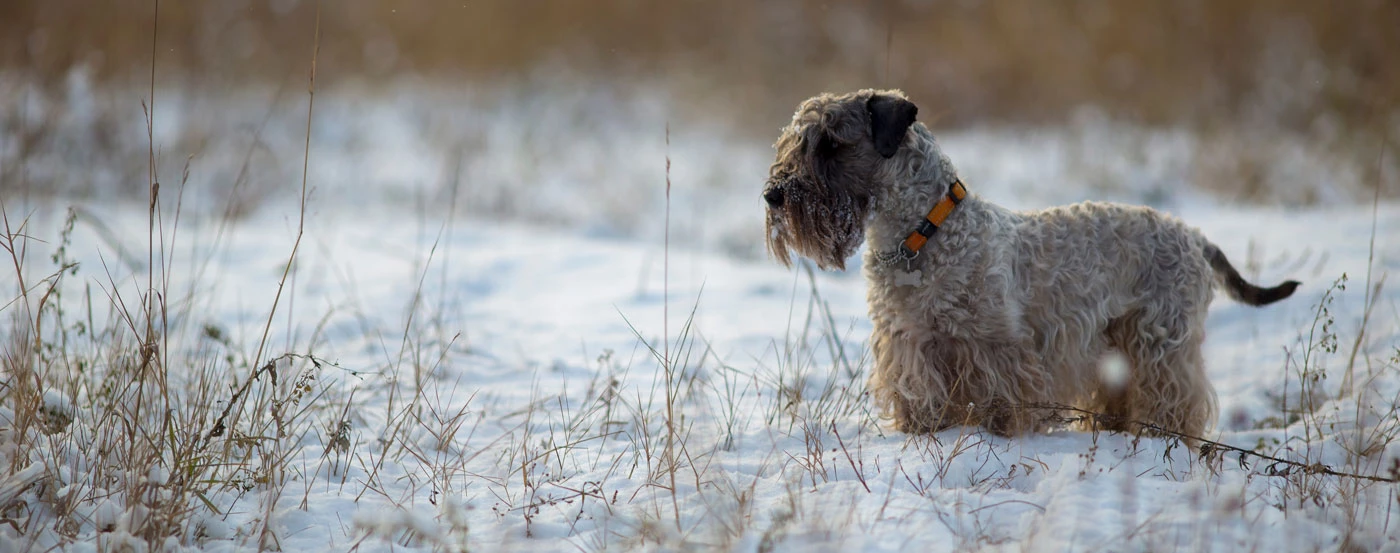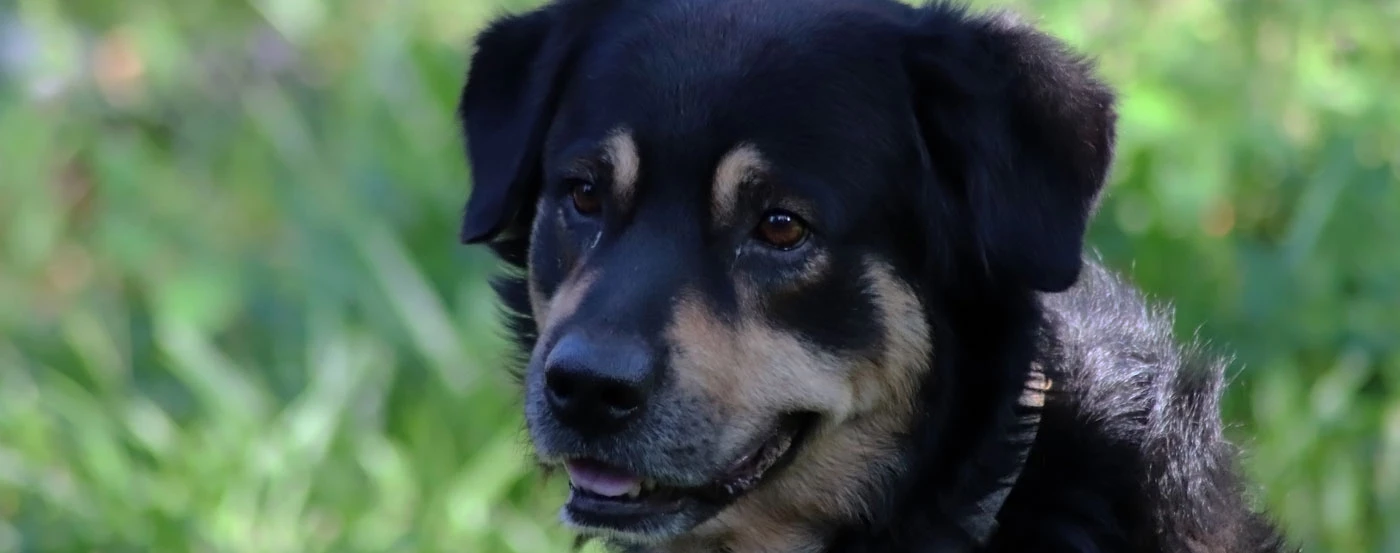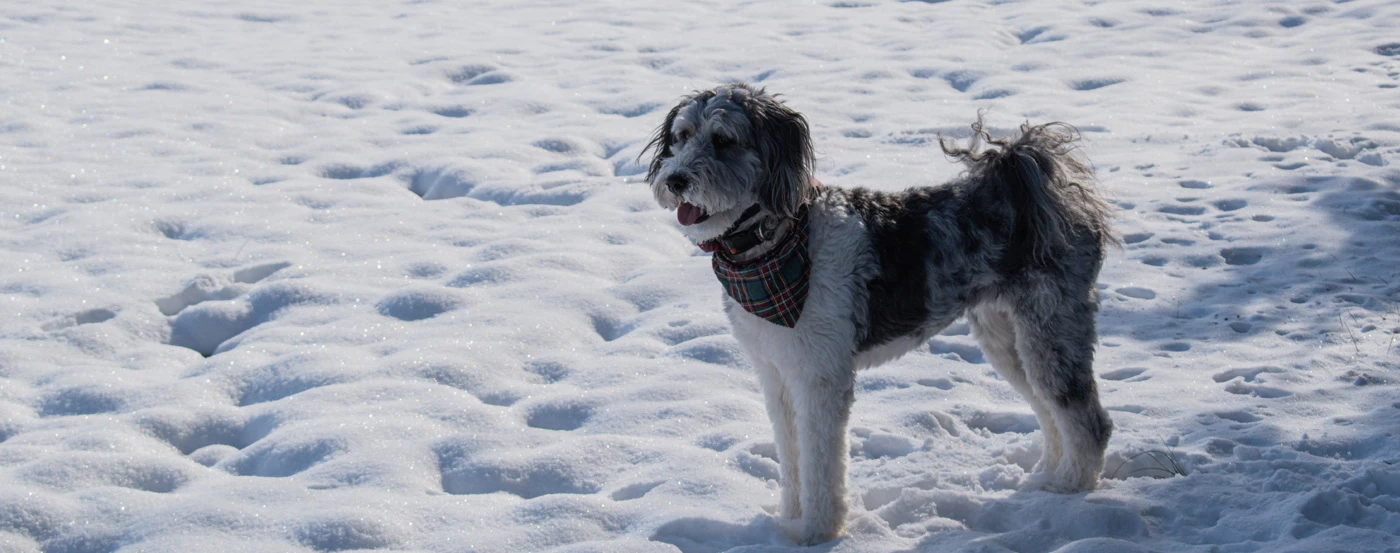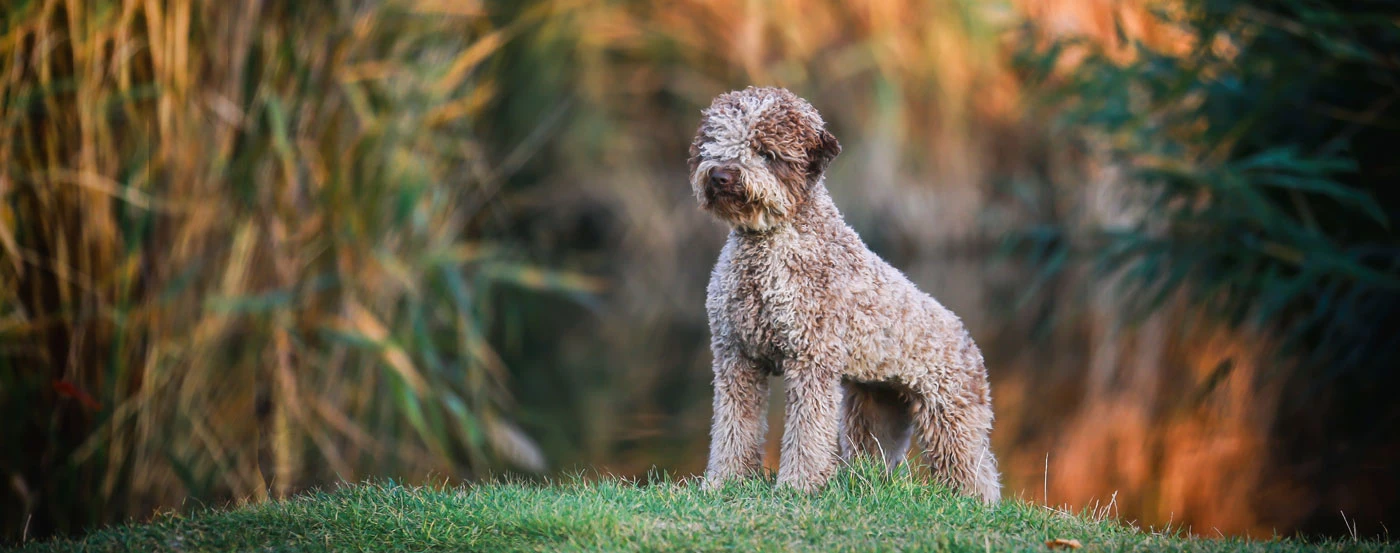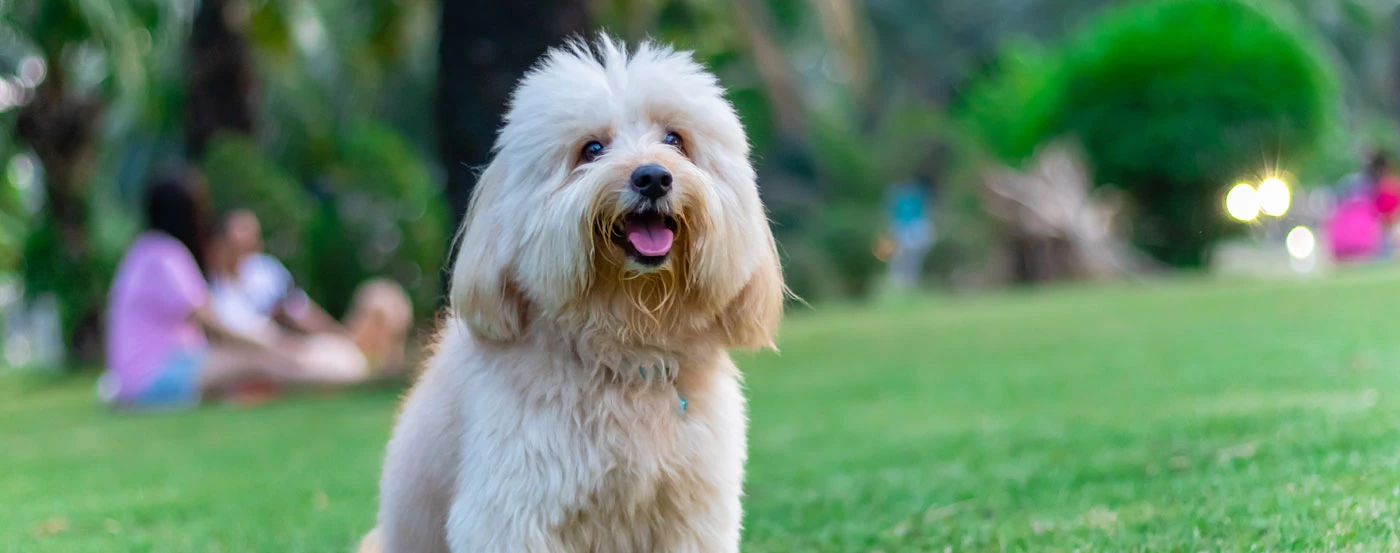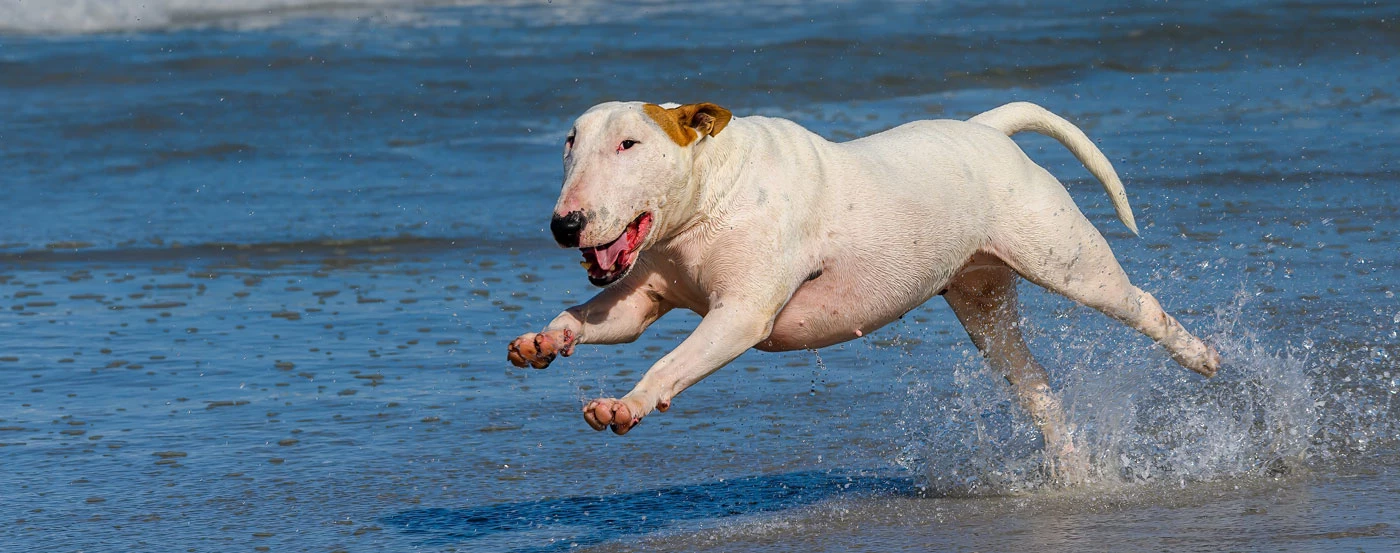About the Pomeranian
Let me guess, you're looking for a tiny, fox-faced, fluffy pooch to pet and cuddle? Well, we've got just the ticket!
Yes, the pint-sized Pomeranian is the perfect pet for those looking for a portable pup with oodles of attitude packed into an adorable double coat.
The Pomeranian, or 'Pom' as it's fondly known, is bright, easy to train, and bursting with character, making them the perfect pet for families, couples, and individuals who want to make a statement... but not too big a statement.
Pom piqued your interest? Then read on to find out everything you could want to know about one of the world's most popular dog breeds, the adorable Pomeranian.
Pomeranian Gallery
What is the history & origin of the Pomeranian?
The plucky Pomeranian is a descendant of the much larger German Spitz dog and is thought to have acquired its name because of its links to Pomerania, an area found across North-West Poland and North-East Germany.
Bred purely for its adorable aesthetic and recreational virtue, it's believed that the Pomeranian's characteristic tiny stature first won hearts in 1767 when Queen Charlotte (Queen-Consort of King George III) returned home to England with two Poms by her side.
Indeed, in 1891, Queen Victoria, an avid breeder herself, came to refine the Pom's miniature build further and established the dog as a must-have pet thanks to her particularly small Pom Marco; his cutesy looks and sassy demeanour ensured that the tiniest of all Spitz dogs took England by storm.
Soon after, the inaugural Pomeranian National Breed Club was founded, followed suit by the registering of the first Pomeranian member of the American Kennel Club in 1898.
Who are Pomeranian dogs best for?
Pomeranians make a fantastic pet for the majority of households. Due to their bright intellect, they're just as easily trained to sit in a purse as they are to play fetch on the beach. Moreover, like most toy breeds, Poms love a good snuggle on the sofa, however, they're perfectly content entertaining themselves around the house too.
It is worth noting that, due to their diminutive size and, in particular, their tiny legs, like the majority of small dogs, Poms don't require much exercise. So, if you're looking for a running companion or a new best pal to take hiking, it's probably best to shop around.
If, however, you're looking for an adorable, friendly family pet, the Pomeranian breed is a great addition to a family home thanks to their small stature and eagerness to please and perform.
However, if you have small children, make sure they're supervised at all times, as, due to the Poms' adorable aesthetic, they're likely to mistake it for a teddy and harm the dog by showing it too much love.
Finally, Poms get along perfectly with other pets (even cats). However, again, due to their tiny size, they may need supervision around other dogs that are larger.
How much grooming does a Pomeranian need?
Contrary to appearances, the Pomeranian's fluff-ball double coat isn't as difficult to maintain as you might think.
Admittedly, weekly brushing with a pin brush and then a more slick brush right down to the skin, is required to avoid matting. However, with this regular care, your Pom's double coat should shine all year round.
Additionally, while it won't accompany you on a day-long hike, the Pomeranian is an active little dog and so it's important to keep your pal's nails looking trim while they get up to hijinks.
Finally, booking a full groom with a professional every six weeks is highly recommended. While the Pomeranian grooming pro will do a fantastic job maintaining your pooch's coat, ears and nails, they'll also treat their little anal glands - an activity that the majority of owners would rather delegate elsewhere.
Do Pomeranian bark much?
The Pomeranian may be one of the tiniest toy breeds around but they don't know it. In fact, never has the phrase "false ideas of grandeur" applied more - a delusion demonstrated perfectly by their boisterous bark.
Moreover, due to an explorative nature and inherent instinct to watch and guard their pack, without the proper training, your pocket-sized pooch may have a tendency to bark at other dogs and strangers.
Do Pomeranian bite?
As with the majority of well-trained, well-kept dogs, Poms are incredibly unlikely to bite unless they feel threatened or stressed. With that in mind, take care to ensure that small children resist the urge to prod, probe, and manipulate your teddy-like Pom's ears and tail.
While the Pomeranian can deliver a good nip if they do bite, due to their diminutive size, it is unlikely to cause lasting damage.
What is the temperament & personality of a Pomeranian?
As we've mentioned, like the majority of tiny toy dog breeds, Poms have a distorted self-image. With that in mind, you may find your Pom needs rescuing occasionally when it challenges other dogs several times its size.
That being said, around humans, a well-trained Pom that received early socialization will have a tenacious but playful temperament and personality. This stems from their inquisitive nature and desire to perform and please.
What is the weight & size of a Pomeranian?
The average size of the Pomeranian (adult dog) is 6 - 7 inches at the shoulder and 3 - 7 lbs.
How much training does a Pomeranian need?
To establish good behaviour as quickly as possible, Poms should be trained to walk on a leash, at the heel from an early age.
Indoors, housebreaking a Pomeranian can be a slightly more difficult task that requires patience from both sides. However, due to their sharp intellect and willingness to please, they should pick up any tricks, behaviours, or skills that you wish them to keep in good time.
We recommend training your little Pomeranian not to jump from sofas as falling from a height can damage joints or even break bones.
What are some of the most common health issues for a Pomeranian?
Pomeranians don't have many inherent health problems to contest with.
However, it's also worth noting that responsible Pom breeders will work to screen for the breeds' most prominent health issues. These include Black Skin Disease, luxating patellas (dislocating kneecaps), seizures, congestive heart failure, and collapsing trachea.
These may sound ominous, but by requesting a copy of your breeder's Orthopedic Foundation for Animals (OFA) results for their current litter, you should gain sufficient information to inform the purchase of a healthy dog.
What is the lifespan of a Pomeranian?
As a general rule, smaller dog breeds tend to be longer lived and the Pomeranian is no different. As such, they have a lifespan that generally falls between 12 - 16 years.
How much should you feed a Pomeranian?
Your little Pomeranian should flourish on a diet of top-quality dog food. This can be purchased commercially or from your local vet.
As with all dog breeds, the volume of food you allow your Pom to consume should be relative to their age (puppy, adult, senior) and, indeed, their unique needs.
What is the price of a Pomeranian in Australia?
The price of purchasing a Pomeranian varies greatly in Australia and can register anywhere between $500 - $10,000. This is usually down to the quality of stock and individual breeder pricing.
However, $1500 is probably closer to the average price of a newborn Pomeranian puppy.
Pros
- Love steady exercise
- Suitable for smaller homes
- One of the most popular dog breeds in the world
Cons
- May bark a lot
- Long lifespan
- High grooming requirements
